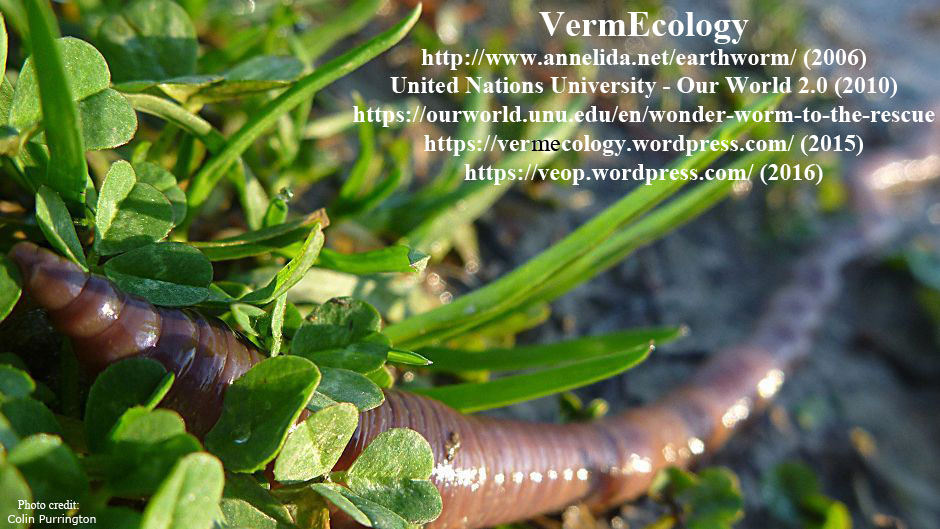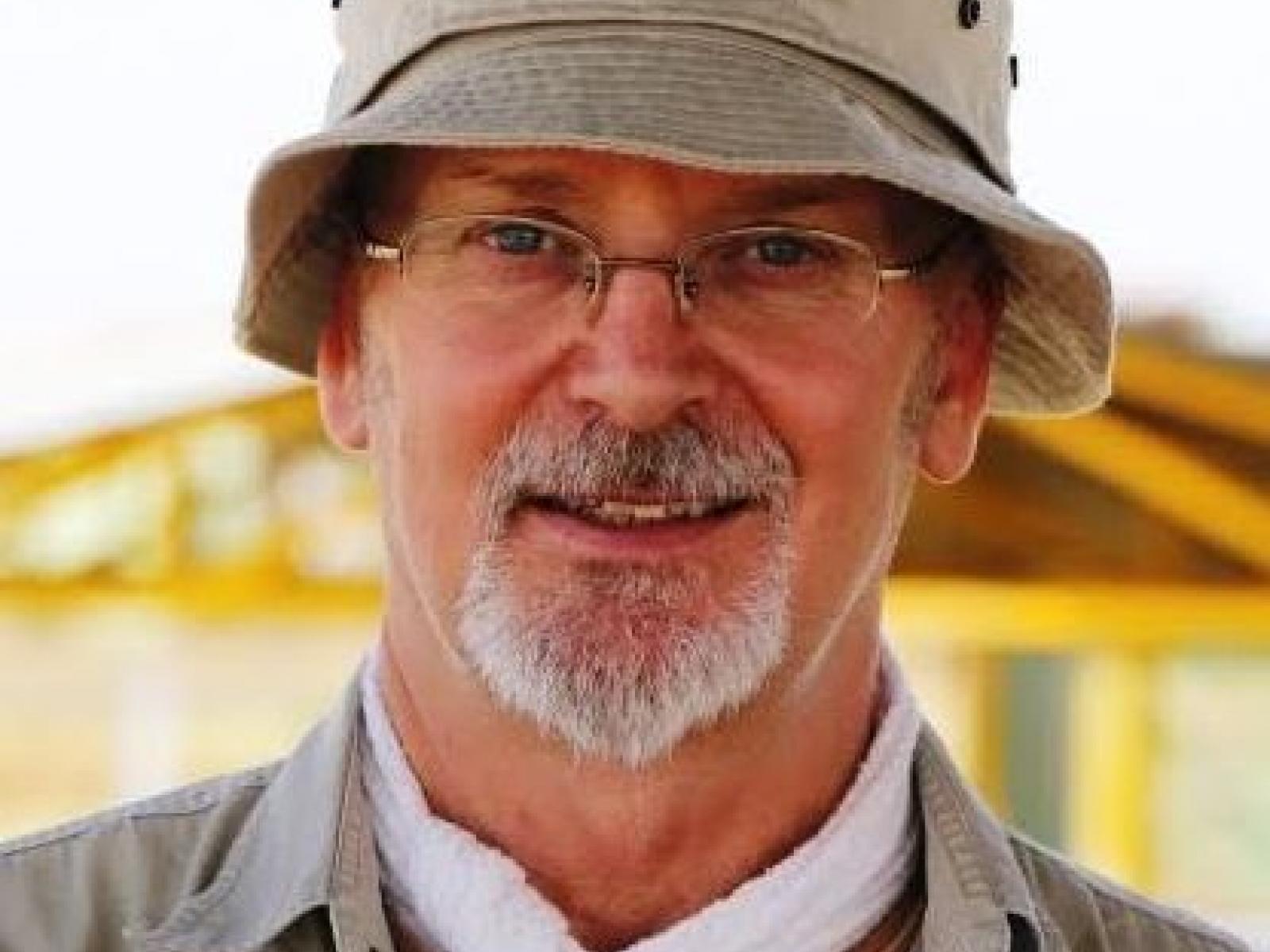An Overview Of Our Solution
- Population Impacted:
- Continent: Asia
Organization type
Population impacted
Size of agricultural area
Production quantity
People employed
Describe your solution
Describe your implementation
External connections
What is the environmental or ecological challenge you are targeting with your solution?
Describe the context in which you are operating
The context is living soil, depleted by agriculture yet providing 99% of food on 38% of land. NASA/NOAA (http://earthobservatory.nasa.gov/Features/CarbonCycle/) show carbon flux in land vs. oceans ratio 60:40 and soil as larger C sink (2,300 Gt) than all air, plants + seas combined. Most land is pasture or forest; just ~10% is arable but a modest extra 0.4% per yr organic SOM carbon in ten years (230 x 0.004 x 10 = 9 Gt) equals total human emissions meeting goal of “4 per 1000 Initiative” (http://4p1000.org).
Active in all habitats, worms convert C to stable SOM and store H2O in ~9,000 km/ha of burrows that aerate & filtrate. They are basis of all terrestrial food-webs as prey & ultimate detritivore. In other words, we have no viable alternative to geo-engineer the many ecological services freely & relentlessly provided by earthworms.
Farming methods advocated here up yield & topsoil at less cost, raising family incomes so reducing dual problems of employment & urbanization. Public & environmental health & diversity improve by replacing synthetic N2 fertilizers / toxic biocides with organics / worms.
How did you impact natural resource use and greenhouse gas emissions?
Language(s)
Social/Community
Water
Food Security/Nutrition
Economic/Sustainable Development
Climate
Sustainability
My basic research has relied on limited grants & intermittent funds. Farmers options in some cases are for subsidy: E.g., Philippines Republic Act requires a proportion of organic production; Japan has subsidy for new farmers but also supports chemical use by 50% while in NZ it is about 1%. Thus government policies vary. However the yield increases reported in this solution (mean +39%) translate as extra market revenue, especially when certified organic. In developing economies the benefits are more direct & immediate but all initial outlays are modest and, with proper design, operation costs are low. The philosophy is that Nature is self-sustaining when nurtured, regardless of costs/profits.
Return on investment
Entrant Image

Entrant Banner Image

